Planning for the Future
Register for the Virtual Telephone Townhall Meeting
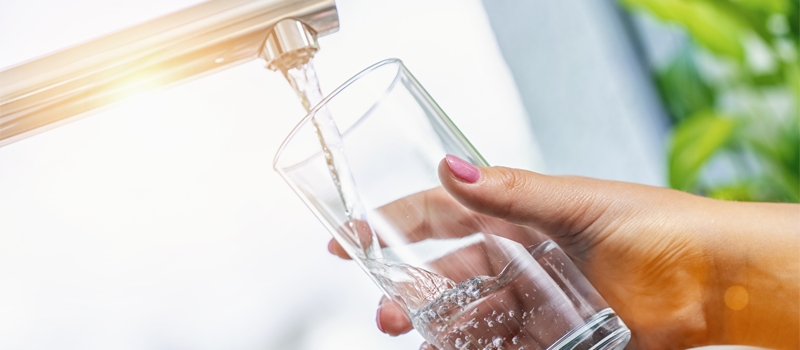
Virtual Telephone Town Hall Meeting
September 14, 2023
6:30 p.m.
Tampa Bay area residents can participate in a virtual telephone townhall meeting Sept. 14, 2023, at 6:30 p.m. to discuss and provide input on the shortlist of project concepts being considered for further study to meet projected water demands in the 2033 timeframe. Please click below to sign up.

Planning for the future is an ongoing process at Tampa Bay Water. Our comprehensive Long-term Master Water Plan is updated every five years and includes:
- Analyses of growth and future demand, including water use, weather, demographic and economic data
- Conservation potential from passive and active efforts
- Supply reliability and system hydraulic evaluations
- Water shortage mitigation planning and hydrologic uncertainty
- Evaluations of potential new water supply projects
- Recommendations for new water supply projects for further study
This 20-year plan is a framework for meeting the region’s future drinking water needs in a sustainable, reliable and fiscally responsible manner. The most recent update, approved in November 2023, includes several projects that will be studied to meet the region's future needs.
Future Needs
Tampa Bay Water’s current supply is expected to meet the region’s water needs through 2028, with the expansion of the Tampa Bay Regional Surface Water Treatment Plant. The region is projected to need another 25 million gallon per day of new supply by 2043, with 10-20 million gallons of water per day needed as early as 2033. We are investigating potential new supplies now because it can take 10 years or more to investigate, design, permit, fund, build and startup a new water supply project.
Planning for the Future
In November 2023, Tampa Bay Water’s board of directors approved the agency’s 2023 Long-term Master Water Plan Update. This 20-year plan is a framework for meeting the region’s future drinking water needs in a sustainable, reliable and fiscally responsible manner. That plan concluded that Tampa Bay Water’s current supply is expected to meet the region’s water needs through 2028, with the expansion of the Tampa Bay Regional Surface Water Treatment Plant.
The region is projected to need another 25 million gallon per day of new supply by 2043, with 10-20 million gallons of water per day needed as early as 2033. Following are the board-approved projects for which Tampa Bay Water will be conducting feasibility studies. We are investigating potential new supplies now because it can take 10 years or more to investigate, design, permit, fund, build and startup a new water supply project.
Studying Potential New Projects
Tampa Bay Water will study the feasibility of the approved projects over the next two years. Click on the project name for more information.
A. Eastern Pasco Wellfield Feasibility Study
B. Consolidated Water Use Permit Increase Feasibility Study
C. North Pinellas Surface Water Treatment Plant & Reservoir Feasibility Study
D. Desalination Plant Expansion Feasibility Study
F. South Hillsborough Surface Water Treatment Plant & Reservoir Feasibility Study
G. South Hillsborough Wellfield via Aquifer Recharge Feasibility Study
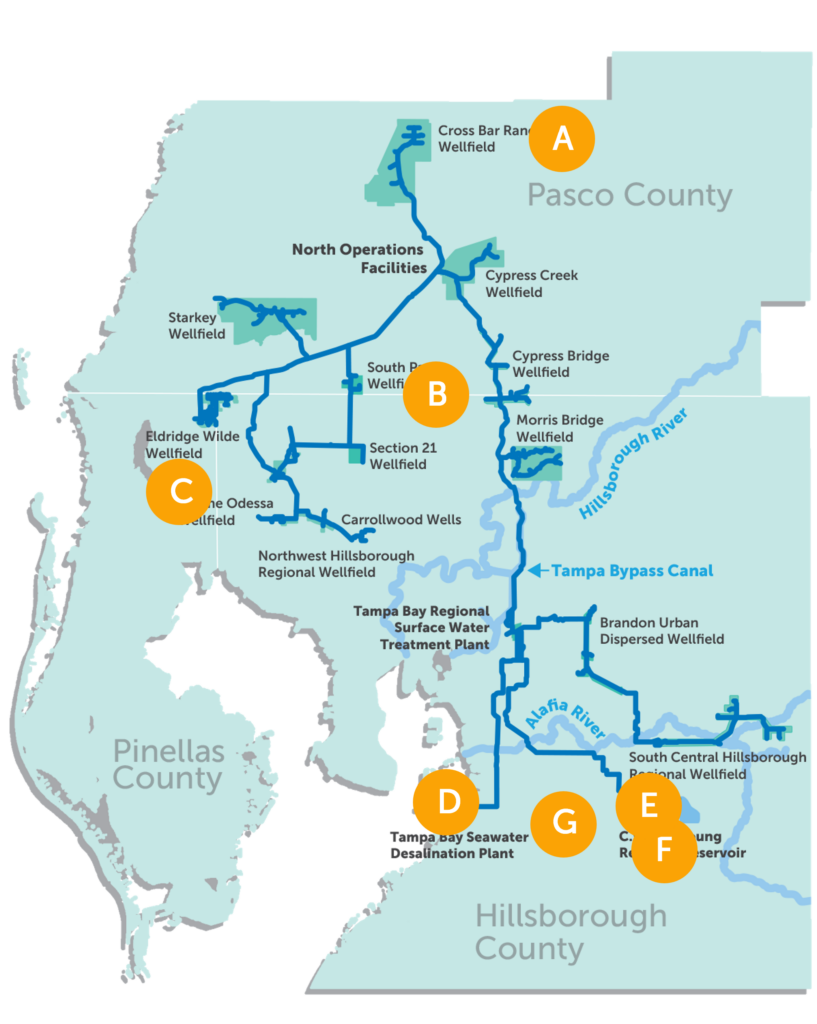
The estimated annual yields for each project concept are planning estimates and will be refined during feasibility studies.
A. Eastern Pasco Wellfield (multiple types of water source options)
This project would withdraw and treat brackish and/or fresh groundwater from a new wellfield and treatment plant in Pasco County. It would connect to the existing regional system at the Cypress Bridge Transmission Main.
Estimated annual yield: 9 mgd (3-19 mgd)
Additional pipeline needed: 23.2 miles
B. Consolidated Water Use Permit Increase
This project would increase the permitted withdrawal quantity from Tampa Bay Water’s existing Consolidated Water Use Permit (CWUP) in a manner that maintains the environmental recovery achieved in the area. Connection to the regional system already exists.
Estimated annual yield: 10 mgd (5-20 mgd)
Additional pipeline needed: none
C. North Pinellas Surface Water Treatment Plant & Reservoir
This project would harvest excess surface water from the Lake Tarpon outfall canal and other Lake Tarpon tributaries. The water would be sent to a new 800-million-gallon reservoir for seasonal storage and treatment at a new surface water treatment facility in north Pinellas County and would connect to the regional system near the northern end of the Keller Transmission Main.
Estimated annual yield: 4 mgd (3-9 mgd)
Additional pipeline needed: 9.2 miles
D. Desalination Plant Expansion (multiple types of water source options)
This project would expand the existing Tampa Bay Seawater Desalination Plant with either additional seawater or brackish groundwater. Seawater expansion feasibility studies were completed in 2021; the new feasibility study will focus on brackish water expansion, which involves constructing a new brackish water wellfield to supply water that would be blended with seawater and treated through the existing infrastructure. Connection to the regional system already exists.
Estimated annual yield: 11 mgd (6-11 mgd)
Additional pipeline needed: 11.3 miles for brackish water; none for seawater
E. Surface Water Treatment Plant at C.W. Bill Young Regional Reservoir via Alafia withdrawals
This project would construct a new surface water treatment facility near the existing regional reservoir in southeast Hillsborough County to treat additional surface water supplied from increased Alafia River withdrawals.
Estimated annual yield: 6 mgd (2-9 mgd)
Additional pipeline needed: 4.5 miles
F. South Hillsborough Surface Water Treatment Plant & Reservoir
This project involves constructing a new 700-million-gallon reservoir and a new surface water treatment plant in southeast Hillsborough County to store and treat water from the Little Manatee River and Bullfrog Creek. It would connect to the regional system at the southern end of the new South Hillsborough Pipeline.
Estimated annual yield: 4 mgd (1-16 mgd)
Additional pipeline needed: 17.5 miles
G. South Hillsborough Wellfield via Aquifer Recharge
Tampa Bay Water completed a feasibility study for this project in 2021, which showed that this project is technically feasible, environmentally sound, and economical. This project involves building a new wellfield in southern Hillsborough County and withdrawing fresh groundwater using credits from Hillsborough County’s aquifer recharge system. It would connect to the regional system at the southern end of the new South Hillsborough Pipeline.
Estimated annual yield: 6 mgd (3-9 mgd)
Additional pipeline needed: 2.0 miles

Fresh Groundwater
Fresh water from underground in the Floridan Aquifer can be withdrawn in an environmentally responsible manner to bolster supplies; 13 options are under consideration.
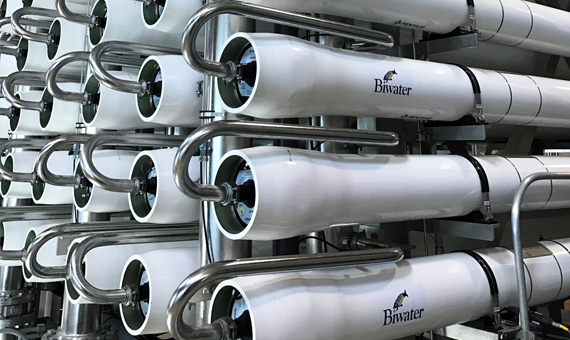
Brackish Groundwater
Eight options for withdrawing salty groundwater and cleaning it to drinking water standards through reverse osmosis are being evaluated.
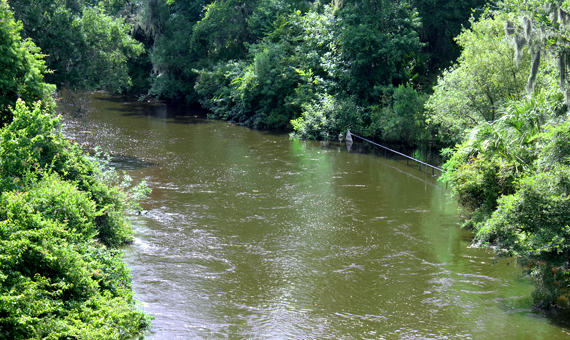
Surface Water
Surface water is an important part of the region’s drinking water network; additional surface water can be safely harvested, stored and cleaned to meet the region’s needs; 82 options are being considered.
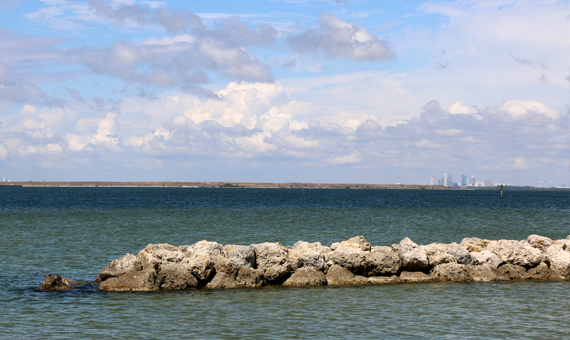
Seawater
Seven options for desalting seawater are being evaluated; seawater from Tampa Bay is a current water supply source for the region.
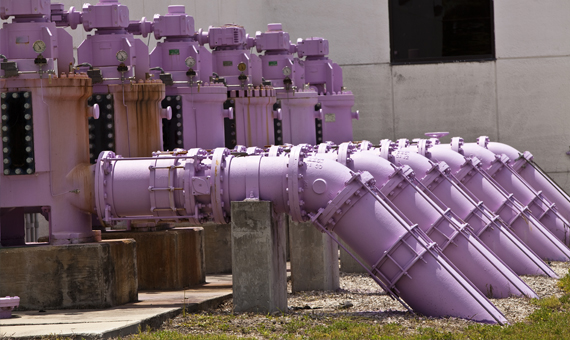
Reclaimed Water
Reclaimed water is wastewater that has been highly cleaned and recovered for useful purposes, such as lawn irrigation, power generation, wetland augmentation, dust control and more. Reclaimed water can be recycled for direct or indirect drinking water uses. For example, reclaimed water can be cleaned to drinking water standards then sent directly to homes and businesses for use. Or it can be used to augment an existing supply, like a river, where it is blended with the source water, withdrawn and cleaned to drinking water standards, then sent directly to homes and businesses for use; 43 reclaimed options are under consideration.
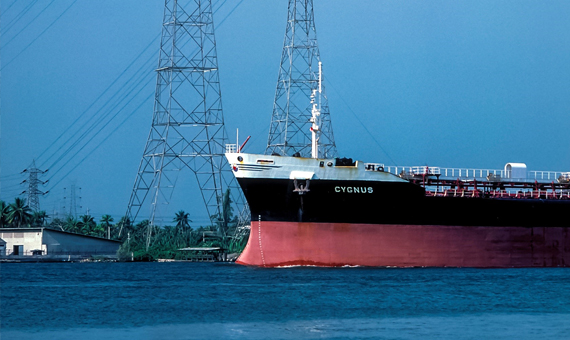
Other Concepts
Eight concepts that do not fit into the source categories are also under evaluation. These concepts include interconnects with other utilities and converting large potable uses to alternative sources.
Exploring Developmental Alternatives
Tampa Bay Water’s board also approved initiating the Developmental Alternatives Program, which runs concurrent with the feasibility studies. Developmental alternatives are water supply projects that require longer feasibility studies, additional investigation or need time for regulations to be implemented. As technology advances and processes develop, the cost of an alternative may decline or permitting uncertainties may be resolved.
The current Developmental Alternatives Program will explore project concepts using reclaimed water to augment drinking water supplies. Phase 1 involves the developing potential project concepts and developing a short-list of potential projects that will be further evaluated during Phase 2. Reclaimed water is a possible source that can be used to supplement drinking water supplies either directly or indirectly. For more information, click here.
Selecting New Projects
During feasibility studies, Tampa Bay Water will refine potential yields, costs, permitability, treatment requirements; engage the community and more. Those projects that are economically feasible, environmentally sustainable and reliable will be considered individually or as configurations of projects in the water supply selection process. In November 2027, Tampa Bay Water will recommend to its board project configurations for design and construction to supply drinking water to the region in 2033.
Engaging Stakeholders
For more than 25 years, Tampa Bay Water has been committed to a dynamic public outreach process to improve its projects and programs. By working cooperatively with our member governments, the business community and residents, we have been able to improve our service to the Tampa Bay community. The Long-Term Master Water Plan is no exception. Stakeholder input in the 2023 update is being used to shape feasibility studies and will continue as project work continues. Tampa Bay Water held a Virtual Town Hall Meeting on September 14, 2023, to present the short list of potential new water supply projects to meet the region’s future drinking water needs. The slide deck and meeting summary are linked below.
Evaluating Project Concepts
Tampa Bay Water’s consultant evaluated more than 120 concepts against coarse screening criteria. The top 50 projects from that screening were further evaluated in fine screening. The top 16 concepts went through a final screening process, which resulted in a shortlist of seven projects that will be presented to Tampa Bay Water’s board of directors in November 2023 for consideration for further feasibility studies.
Potential projects were evaluated using the following board-approved criteria:
- Environmental stewardship – Includes local/federal/state permitting, sustainability, carbon footprint and public acceptance
- Project costs – Includes capital costs, property acquisition, operations and maintenance, life cycle costs, cost risk factors and the ability to build the project in increments or expand in the future
- Reliability – Includes resiliency, emergency condition benefits, vulnerability, proven technology/application, regional system operational impacts, institutional factors and risk factors

Exploring Potable Reuse
Tampa Bay Water is also evaluating potential direct and indirect potable reuse projects for future consideration. Potable reuse uses reclaimed water for drinking water purposes, either directly or indirectly. Potable reuse is being studied as part of Tampa Bay Water’s developmental alternatives program, which runs concurrent with the feasibility studies. Developmental alternatives are projects that require longer feasibility studies, additional investigation or need time for regulations to be implemented.
Water Supply Selection Process
During feasibility studies, Tampa Bay Water will refine potential yields, costs, permitability, treatment requirements; engage the community and more. Those projects that are economically feasible, environmentally sustainable and reliable will be considered individually or as configurations of projects in the water supply selection process. In November, 2027, Tampa Bay Water will recommend to its board project configurations for design and construction to supply drinking water to the region in 2033.
Public Involvement
For 25 years, Tampa Bay Water has been committed to a dynamic public outreach process to improve its projects and programs. By working cooperatively with our member governments, the business community and residents, we have been able to improve our service to the Tampa Bay community. The Long-Term Master Water Plan is no exception. Stakeholder input in the 2023 update is being used to shape feasibility studies and will continue as project work continues.
Tampa Bay Water held a Virtual Town Hall Meeting on September 14, 2023, to present the short list of potential new water supply projects to meet the region’s future drinking water needs. The slide deck and meeting summary are linked below.
If you would like to schedule a speaker for your community, business or civic group:
About the Long-term Master Water Plan
Planning for the future is an ongoing process at Tampa Bay Water. Our comprehensive Long-term Master Water Plan is updated every five years and includes:
- Analyses of growth and future demand, including water use, weather, demographic and economic data
- Conservation potential from passive and active efforts
- Supply reliability and system hydraulic evaluations
- Water shortage mitigation planning and hydrologic uncertainty
- Evaluations of potential new water supply projects
- Recommendations for new water supply projects for further study
Updating our plan every five years ensures that the region’s water supply keeps pace with the needs of the fast-growing Tampa Bay region.




